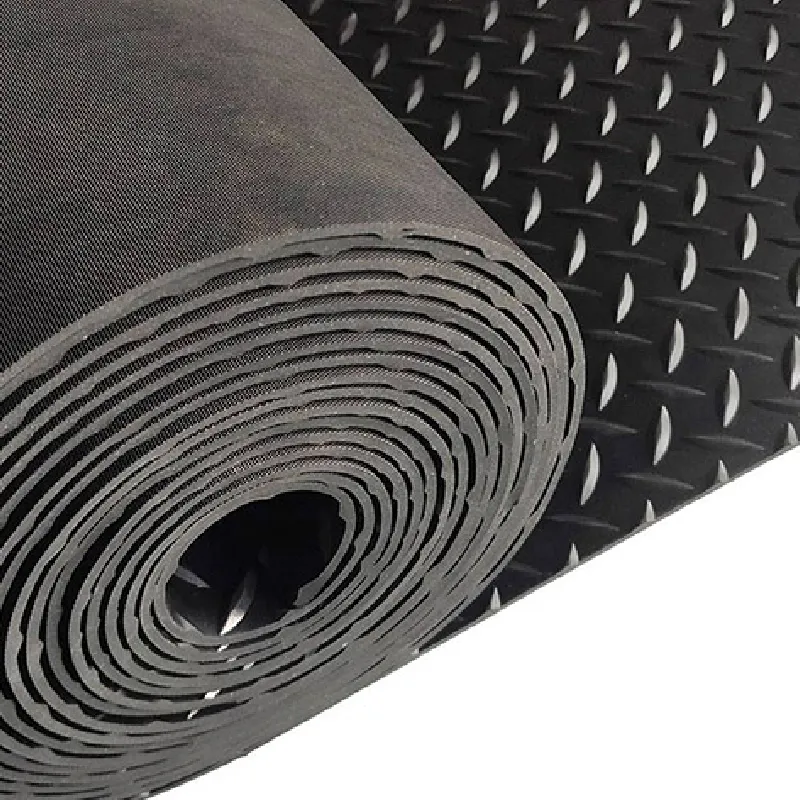How to Replace Your Oven Door Seal for Better Efficiency and Performance
Oven Door Seal Replacement A Comprehensive Guide
When it comes to cooking, maintaining your oven is crucial not only for efficiency but also for ensuring your dishes are perfectly baked. One of the key components of your oven that often goes unnoticed is the door seal. Over time, the oven door seal can wear out, crack, or become damaged, leading to heat loss, longer cooking times, and even higher energy bills. If you suspect your oven door seal needs replacement, this article will guide you through the process, ensuring you restore your oven's performance and efficiency.
Understanding the Oven Door Seal
The oven door seal, often made of silicone or rubber, is designed to keep the heat inside the oven. It forms a tight seal when the door is closed, preventing hot air from escaping and maintaining the internal temperature. A worn-out seal not only affects the cooking process but can also lead to a dangerous buildup of heat around the oven door, risking burns or damage to your kitchen.
Signs of a Worn-Out Seal
Before diving into the replacement process, it's essential to understand the signs indicating that your oven door seal needs to be replaced
1. Visible Damage Check for cracks, tears, or any signs of wear on the seal. 2. Heat Escape Place your hand around the edges of the oven door when it’s closed. If you can feel heat escaping, it's a sign that the seal is not functioning correctly. 3. Longer Cooking Times If you notice that your food takes significantly longer to cook, it might be due to heat loss from a faulty seal. 4. Burnt Food Conversely, if your food is cooking unevenly or burning on the edges, the heat might not be evenly distributed because of a poor seal.
Replacing the Oven Door Seal
If you've identified that your oven door seal needs replacement, follow these steps to complete the process efficiently
Step 1 Gather Necessary Tools and Materials
You will need - A new oven door seal compatible with your oven model - Screwdriver (if necessary) - Scissors or a utility knife - Cleaning supplies (for any debris or residue)
Step 2 Purchase the Right Replacement Seal
oven door seal replacement

Before you can replace the seal, you'll need to purchase a suitable one. Check your oven’s model number, usually located on the door frame or the back of the appliance. You can order a seal online or find one at an appliance parts store. Make sure it matches your existing seal in size and style.
Step 3 Remove the Old Seal
1. Open the Oven Door First, make sure the oven is cool, and then open the door fully. 2. Inspect the Seal Look for how it is fitted. Some seals are secured with screws, while others simply tuck into a groove. 3. Unscrew or Pull Out the Old Seal If it's screwed in, carefully remove the screws using a screwdriver. If it’s just tucked, gently pull it out of the groove.
Step 4 Clean the Area
Before installing the new seal, clean the area where the seal will fit. Use a sponge or cloth with a mild detergent to remove any grease, grime, or old adhesive. Allow it to dry completely before proceeding.
Step 5 Install the New Seal
1. Fit the New Seal Begin at one corner and press the seal into the groove. If it is a screw-in type, align it to fit properly and ensure it is snug. 2. Secure the Seal If your new seal requires screws, tighten them carefully to avoid over-tightening, which could damage the seal. 3. Check the Alignment Ensure the seal is evenly placed around the door.
Step 6 Test the Oven
Once the new oven door seal is in place, close the door and preheat the oven. Monitor the temperature to ensure the seal is functioning correctly and retaining heat.
Conclusion
Replacing the oven door seal is a straightforward DIY task that can have a significant impact on your oven's performance. By understanding the signs of wear and following the steps outlined above, you can enhance your cooking experience and save energy. A well-sealed oven not only cooks better but also extends the lifespan of your appliance, making it well worth the effort. Happy cooking!
-
Under Door Draught Stopper: Essential ProtectionNewsJul.31,2025
-
Garage Door Seal and Weatherstrips for ProtectionNewsJul.31,2025
-
Edge Banding Tape for Perfect EdgesNewsJul.31,2025
-
Table Corner Guards and Wall Corner ProtectorsNewsJul.31,2025
-
Stair Nose Edging Trim and Tile Stair SolutionsNewsJul.31,2025
-
Truck Bed Rubber Mats for Pickup BedsNewsJul.31,2025
-
Window Weather Stripping for Noise ReductionNewsJul.29,2025